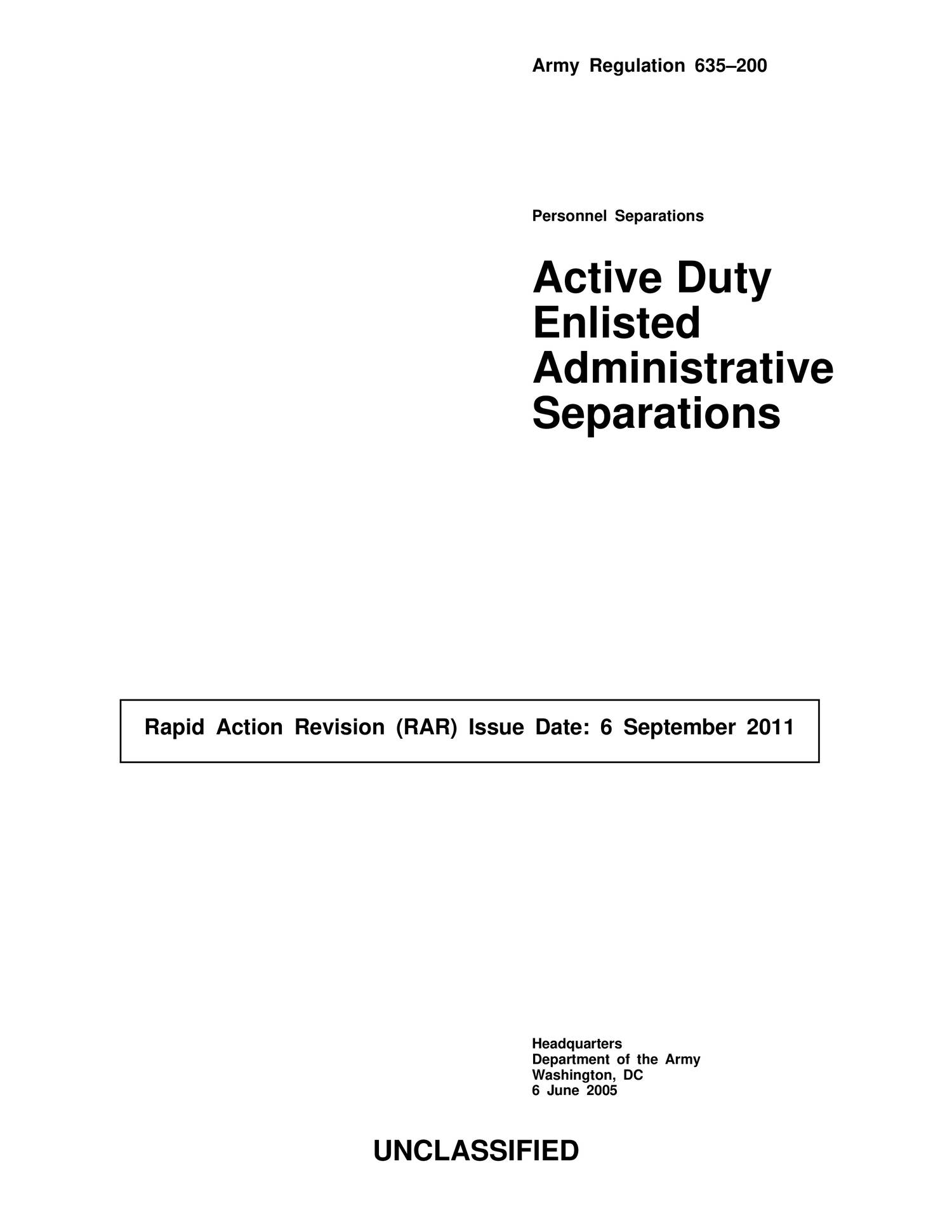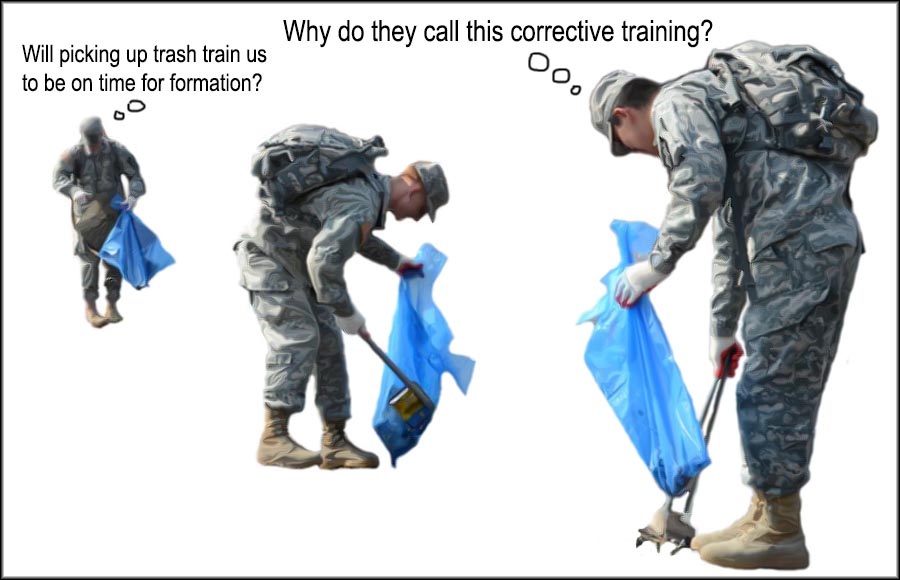Army Retirement Regulation 635-200
Retiring from the Army: Everything You Need to Know about Retirement Regulation 635-200
Welcome to our comprehensive guide about the Army Retirement Regulation 635-200! If you are an Army service member nearing the end of your military career, understanding the intricacies of the retirement process is crucial. In this article, we will cover everything from eligibility requirements to the various benefits and entitlements you can expect as you transition into civilian life. So, let's get started!
1. What is Army Retirement Regulation 635-200?

Army Retirement Regulation 635-200, also known as AR 635-200, is the official document that outlines the policies, procedures, and requirements for retirement qualification in the U.S. Army. It covers a wide range of topics related to retirement, including eligibility criteria, application processes, and post-retirement benefits.
2. Eligibility for Retirement
In order to qualify for retirement benefits under AR 635-200, you must meet certain eligibility requirements. These include:
- Having completed a minimum of 20 years of active federal service
- Having achieved the rank of at least Sergeant major or Warrant Officer 1
- Having received an honorable discharge
3. The Retirement Process
The retirement process under AR 635-200 involves several important steps. Here's an overview of what you can expect:
Step 1: Pre-Retirement Counseling

Prior to retirement, you will have the opportunity to attend pre-retirement counseling sessions. These sessions are designed to provide you with information and guidance on various aspects of retirement, including financial planning, healthcare options, and post-retirement benefits.
Step 2: Applying for Retirement
Once you have completed the necessary years of service and met the eligibility criteria, you can begin the process of applying for retirement. This typically involves submitting a formal retirement application to your unit or installation personnel office.
Step 3: Finalizing Retirement Orders
After your retirement application has been received and processed, you will be issued official retirement orders. These orders will outline the specific details of your retirement, including your retirement date, benefits, and entitlements.
Step 4: Transitioning to Civilian Life
Upon retirement, you will enter a new phase of your life as a civilian. It is essential to carefully plan and prepare for this transition, which may involve securing employment, enrolling in healthcare plans, and accessing the various benefits available to retired Army personnel.
FAQs about Army Retirement Regulation 635-200
Q1: Can I retire from the Army before completing 20 years of service?
A: In exceptional cases, the Secretary of the Army has the authority to approve earlier retirements based on special circumstances or meritorious service. However, the norm is to complete a minimum of 20 years of active federal service to qualify for retirement benefits.
Q2: What are the benefits of retiring from the Army?
A: Retiring from the Army comes with a range of benefits, including a retirement pension, access to healthcare through TRICARE, commissary and exchange privileges, educational opportunities, and various other entitlements based on your years of service.
Q3: Can I transfer my retirement benefits to my spouse or dependents?
A: Yes, you can transfer a portion of your retirement benefits to your spouse or eligible dependents through the Survivor Benefit Plan (SBP). The SBP provides a monthly annuity to the designated beneficiaries in the event of your death.
Q4: What resources are available for retirement planning?
A: The Army offers a range of resources and programs to assist service members with retirement planning. These include the Soldier for Life - Transition Assistance Program (SFL-TAP), financial counseling services, and access to online tools and calculators to estimate retirement benefits.
These are just a few of the key points covered in Army Retirement Regulation 635-200. Remember, retirement is a significant milestone, and being well-informed about the process can help ensure a smooth transition into civilian life. If you have any additional questions, we encourage you to reach out to your local Army retirement services office for personalized guidance and support.
Army Retirement Regulation 635 200 - Army Military
 Image Source : armymilitary.net
Image Source : armymilitary.net Army Regulation 635–200.pdf | DocDroid
 Image Source : www.docdroid.net
Image Source : www.docdroid.net army regulation docdroid
Active Duty Enlisted Administrative Separations (Army Regulation 635
 Image Source : www.wook.pt
Image Source : www.wook.pt +21 Army Regulation For Retirement References
 Image Source : civildefence.info
Image Source : civildefence.info Army Regulation 635-200 - Army Military
 Image Source : armymilitary.net
Image Source : armymilitary.net Army Retirement Regulation Quick And Easy Solution
 Image Source : zmz.gilead.org.il
Image Source : zmz.gilead.org.il Us Army Retirement Calculator - SaleemKarling
 Image Source : saleemkarling.blogspot.com
Image Source : saleemkarling.blogspot.com List Of Army Retirement Regulation References
 Image Source : civildefence.info
Image Source : civildefence.info Army regulation 635–200.pdf. List of army retirement regulation references. Army regulation docdroid. Army retirement regulation quick and easy solution. Army retirement regulation 635 200